I have a 4x4x4 3DTexture which I am initializing and showing correctly to color my 4x4x4 grid of vertices (see attached red grid with one white pixel - 0,0,0).
However when I render the 4 layers in a framebuffer (all four at one time using gl.COLOR_ATTACHMENT0 --> gl.COLOR_ATTACHMENT3, only four of the sixteen pixels on a layer are successfully rendered by my fragment shader (to be turned green).
When I only do one layer, with gl.COLOR_ATTACHMENT0, the same 4 pixels show up correctly altered for the 1 layer, and the other 3 layers stay with the original color unchanged. When I change the gl.viewport(0, 0, size, size) (size = 4 in this example), to something else like the whole screen, or different sizes than 4, then different pixels are written, but never more than 4. My goal is to individually specify all 16 pixels of each layer precisely. I'm using colors for now, as a learning experience, but the texture is really for position and velocity information for each vertex for a physics simulation. I'm assuming (faulty assumption?) with 64 points/vertices, that I'm running the vertex shader and the fragment shader 64 times each, coloring one pixel each invocation.
I've removed all but the vital code from the shaders. I've left the javascript unaltered. I suspect my problem is initializing and passing the array of vertex positions incorrectly.
//Set x,y position coordinates to be used to extract data from one plane of our data cube
//remember, z we handle as a 1 layer of our cube which is composed of a stack of x-y planes.
const oneLayerVertices = new Float32Array(size * size * 2);
count = 0;
for (var j = 0; j < (size); j++) {
for (var i = 0; i < (size); i++) {
oneLayerVertices[count] = i;
count++;
oneLayerVertices[count] = j;
count++;
//oneLayerVertices[count] = 0;
//count++;
//oneLayerVertices[count] = 0;
//count++;
}
}
const bufferInfo = twgl.createBufferInfoFromArrays(gl, {
position: {
numComponents: 2,
data: oneLayerVertices,
},
});
And then I'm using the bufferInfo as follows:
gl.useProgram(computeProgramInfo.program);
twgl.setBuffersAndAttributes(gl, computeProgramInfo, bufferInfo);
gl.viewport(0, 0, size, size); //remember size = 4
outFramebuffers.forEach((fb, ndx) => {
gl.bindFramebuffer(gl.FRAMEBUFFER, fb);
gl.drawBuffers([
gl.COLOR_ATTACHMENT0,
gl.COLOR_ATTACHMENT1,
gl.COLOR_ATTACHMENT2,
gl.COLOR_ATTACHMENT3
]);
const baseLayerTexCoord = (ndx * numLayersPerFramebuffer);
console.log("My baseLayerTexCoord is "+baseLayerTexCoord);
twgl.setUniforms(computeProgramInfo, {
baseLayerTexCoord,
u_kernel: [
0, 0, 0,
0, 0, 0,
0, 0, 0,
0, 0, 1,
0, 0, 0,
0, 0, 0,
0, 0, 0,
0, 0, 0,
0, 0, 0,
],
u_position: inPos,
u_velocity: inVel,
loopCounter: loopCounter,
numLayersPerFramebuffer: numLayersPerFramebuffer
});
gl.drawArrays(gl.POINTS, 0, (16));
});
VERTEX SHADER: calc_vertex:
const compute_vs = `#version 300 es
precision highp float;
in vec4 position;
void main() {
gl_Position = position;
}
`;
FRAGMENT SHADER: calc_fragment:
const compute_fs = `#version 300 es
precision highp float;
out vec4 ourOutput[4];
void main() {
ourOutput[0] = vec4(0,1,0,1);
ourOutput[1] = vec4(0,1,0,1);
ourOutput[2] = vec4(0,1,0,1);
ourOutput[3] = vec4(0,1,0,1);
}
`;

